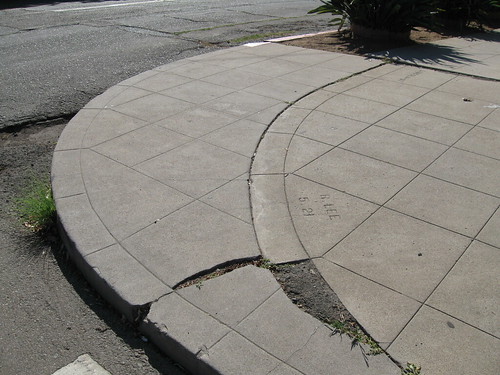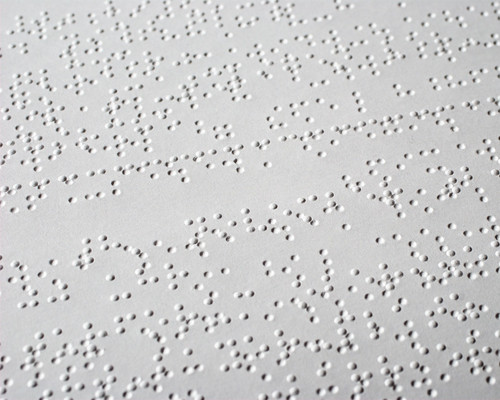Please support our work with a donation!
- Go to MIT's Donation Form for the project.
- Enter a donation amount, then press CONTINUE to finalize.
We are grateful to the Andrea Bocelli Foundation and to the MIT EECS Super-UROP program for their support of our research.
We are focusing first on three core capabilities:
Safe mobility and navigation:
 Current focus:Where is the safe walking surface? Where are the trip and collision
hazards?
Current focus:Where is the safe walking surface? Where are the trip and collision
hazards?
In future: Where am I? Which way is it to my destination?
When is the next turn, landmark or other salient environmental aspect
coming up? What type of place am I in, or near? Do my surroundings
include text, and if so what is it? Where is the affordance (e.g. kiosk,
concierge desk, elevator lobby, water fountain) that I seek? What
transit options (bus, taxi, train etc.) are nearby or arriving?
Person detection & identification:
 Current focus:Are there people nearby or approaching? If so, where is each person, and what is
his/her identity?
Current focus:Are there people nearby or approaching? If so, where is each person, and what is
his/her identity?
In future: What is the person's facial expression, body stance,
and body language? What kind of clothing is s/he wearing? What is s/he doing?
Tactile/aural interface:
 Current focus:How can information be conveyed non-visually to
the user, for example through a MEMS tactile display?
Current focus:How can information be conveyed non-visually to
the user, for example through a MEMS tactile display?
In future:How can the system effectively engage in spoken dialogue
with the user, so that the user can specify his/her goals to the
system, with the system requesting clarification when needed? When
should the system deliver information to the user (e.g., during breaks
in conversation)?
Team members include:
- Prof. Seth Teller (MIT EECS/CSAIL) Assistive technology, machine perception, human-machine interaction.
- Dr. Jim Glass (MIT CSAIL) Spoken-language systems.
- Prof. Carol Livermore (NEU MechE) Microelectromechanical systems (MEMS).
- Prof. Rob Miller (MIT EECS/CSAIL) Human-computer interaction, user interfaces, crowdsourcing.
- Prof. Aude Oliva (MIT BCS/CSAIL) Human perception, scene understanding.
- Prof. Nick Roy (MIT Aero-Astro/CSAIL) Planning under uncertainty, machine learning.
- Prof. Antonio Torralba (MIT EECS/CSAIL) Machine vision, machine learning.